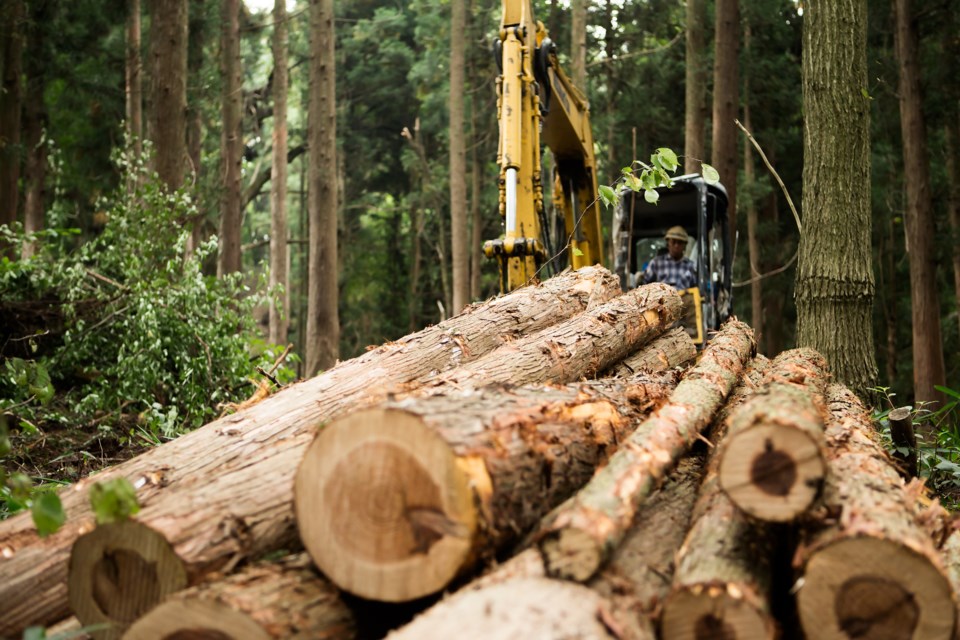Walker Creek’s 50,000 hectare ecosystem remains largely untouched. Unique features like rounded mountain tops rather than jagged peaks promote slower snow-melt, stabilizing river levels and gravels resulting in the best salmonid spawning and juvenile habitat in the Upper Fraser Rivershed. Indeed, on June 4th, the Holy Cross tributary’s snow-melt waters revealed its bottom as if through crystal. These rounded mountains support expansive alpine meadow systems and prime grizzly and caribou habitat.
Myself and a small group headed to Walker 22-3, locally the largest of BC Timber Sales many recently proposed cut-blocks.
Leaving the abandoned Holy Cross road, we were stunned by the natural post-wildfire recovery. We explored perhaps .05 % of the block, climbing steeply from the Holy Cross towards the Walker proper. Observing charred 500-year-old snags, I could imagine the pre-fire forest. Remnant surviving old-growth pockets displayed healing fire scars. Multi-ages of cedar, spruce, hemlock and balsam fir, were interspersed with fire-killed cedar snags and beetled out spruce, both providing fallen nursery logs and standing habitat. Remnant survivors, as well as dead snag systems, have proven critical to ecological succession and recovery. An impressive array of deciduous shrubbery, fungi, lichens, and smaller plants, including an orchid that none of us could ID rounded the mix. For a short walk, an impressive amount of endangered mountain caribou dropping piles were documented.
Large-scale wildfire is rare near Walker Creek because of high moisture and canopy diversity. Contrasting this, cut-blocks produce heat islands and increase wind, snow-melt, rain run-off, erosion, and evaporation. Single-aged planted conifer forests are ladder-fuel rich, and crown-fire prone. All of these industrial factors increase wildfire risk to local communities, as well as to adjacent stands, regardless of age or whether primary forest or planted investments.
If ecosystem health is indicated by diversity and habitat and this is supposed to be the overarching principle guiding provincial forestry decisions then why is BCTS, a provincial government body, slating this to be logged? This place is many orders of magnitude healthier than any of the many similar-aged planted stands that I’ve walked in. This block is a case study that fire or beetle altered ecosystems don’t need management.
It makes no sense to increasingly threaten these old and ancient systems that are already surrounded by the industrially impacted Morkill, Torpy and McGregor Rivers simply because a lack of foresight and restraint has produced a fibre supply dead end.
Leave this gem alone.
Rob Mercereau
Dunster



